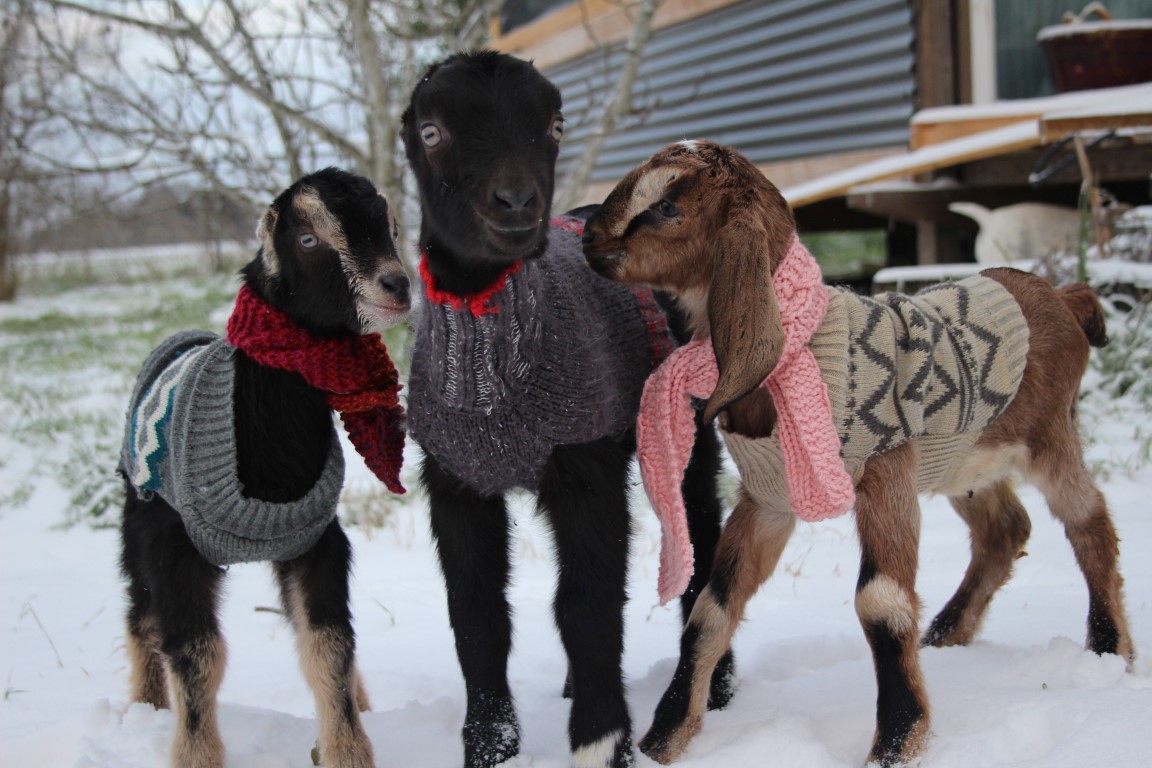As you might imagine, single digit temperatures are not good for agriculture.
Well before the sun finally broke through the cloudy and icy haze in Texas’ Rio Grande Valley last week, Dale Murden knew he was in for a bad spell.
After a few days of clearer skies and warmer weather let him assess the damage to his grapefruit orchard in Harlingen more closely, the South Texas citrus grower confirmed his fears.
“As time goes on, it’ll start to look worse,” said Murden, who is also the president of Hidalgo County-based Texas Citrus Mutual.
The winter storm that paralyzed Texas for days last week is going to have lasting effects on Murden and his fellow citrus growers in the Rio Grande Valley after the extended freeze killed millions of pounds of citrus. The storm also brought the state’s dairy industry, concentrated in the Panhandle, to a near standstill when widespread power outages halted processing.
Though it’s still too early to put a dollar amount on the losses, industry leaders are urging patience as they try to restock grocery shelves.
“As a grower, I would appeal to consumers to stick with us and, when we do get back on the shelf, please support us,” Murden said.
The 20-year annual average for grapefruit produced in the Rio Grande Valley is about 460 million pounds, Murden said. More than half of this year’s yield will be lost after the storm, and Valencia oranges, which are considered late-season harvests, will be nearly a total loss, he added. The damages will extend into next year because the freeze also damaged citrus blooms that would become fruit for the next season’s harvest.
“This will last well into 2021 and 2022,” he said. “The ability for Texas grapefruit growers to get it to your shelf right now is zero until we start growing a crop.”
The effects on the state’s dairy industry will be shorter, but the duration will depend on how quickly milk and other products can be processed, said Darren Turley, the executive director of the Texas Association of Dairymen. Most of Texas’ livestock survived the harsh weather, he said, but a loss of power meant processing and production was at a standstill and will need time to recover.
Turley said Panhandle livestock are used to severe winter weather, “But our natural gas was turned off and so much of our processing relies on that.”
It was reported during the freeze that a lot of milk was being dumped by dairy farmers (who still had to milk the cows because otherwise they stop producing) because there was no power for them to process it. Unlike the citrus growers, their supply should bounce back pretty quickly.
More from the Chron.
Constant Ngouala pulled carrots from the ground on his farm, a Plant It Forward site in Southwest Houston, and held up the intact bunch victoriously for his team to see. The vegetable is one of the few that survived the winter freeze in Texas last week. Ngouala lost 80 percent of his crop.
In the raised beds around him, vegetation was wilted to the ground, some slimy and still wet from the snow and freezing rain, others dried and a lifeless shade of brown.
This is a familiar scene on farms across Texas after the historic February storm. The state was plunged into darkness as temperatures dropped in the teens, leaving millions without power, heat or water for days. On farms and ranches, the freeze decimated crops and killed or hurt livestock.
The Plant It Forward team had prepared for the storm, harvesting everything they could the weekend before. Some crops were ready, others weren’t quite but could still be sold. What remained in the ground was protected by frost cloth or mulch for insulation.
Ngouala and his teammate Guy Mouelet lifted a tarp on Saturday to assess damage. It wasn’t long enough to cover the bed’s whole length. Small, just-emerging heads of romaine lettuce were still bright green under the cloth, but browning around the edges outside it. Ngouala thinks the onions, radishes and other root vegetables that were underground during the freeze will be fine, but he has to wait for them to sprout up to confirm.
Liz Vallette, president of Plant It Forward, said even though the farm lost a lot, she had expected it would be even more dire. The damage is worse than Hurricane Harvey, but the 2017 storm prepared them well for this.
They were in good spirits that day, but there was work to do. Ngouala has to clean his beds and replant with spring crops as soon as possible in order to have cash flow 30, 40, 50 days from now.
[…]
Within the larger food system, shoppers will feel the freeze’s effects at the grocery store in the weeks to come.
“Prices for consumers are going to go up, there’s no question,” said Texas Department of Agriculture communications director Mark Loeffler. “The vast amounts of gaps that have been caused in the food supply chain are pretty amazing.”
Loeffler said significant impacts could last between six to eight weeks, depending on the industry. Some sectors’ long-term recovery could take months or years.
In the same way that this past year has been a great and necessary time to support your local restaurants, this is a great and necessary time to buy your food from local farms as much as possible. Check out the labels, visit a farmers’ market or two, and buy from local growers. We’re all in this together.

